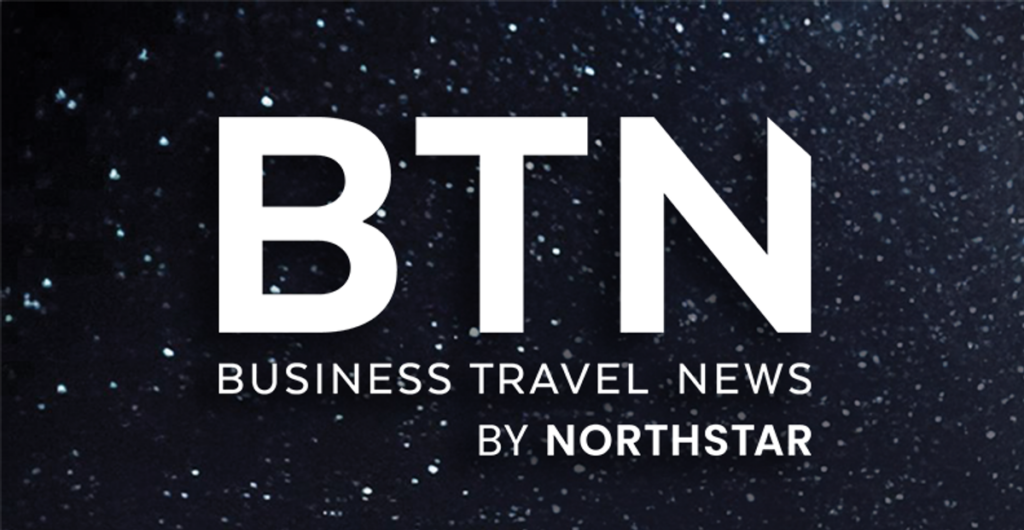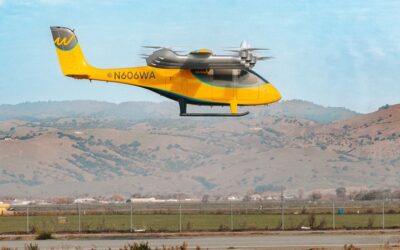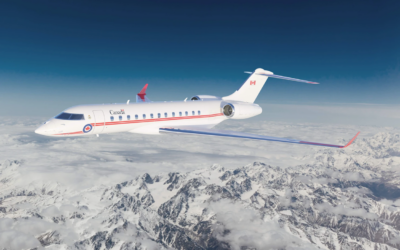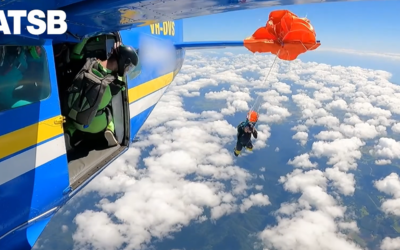
Uber is seeing improved growth rates in suburban markets after heightening its focus on the segment “and other sparse markets in the same way that we have in urban centers,” Uber CEO Dara Khosrowshahi said in a Wednesday earnings statement.
“We are seeing customers in suburbs increasingly turn to Reserve as the primary way they use Uber,” according to Khosrowshahi. Customers using Uber Reserve can receive quotes and reserve rides 90 days in advance. “In fact, 40 percent of Reserve volume is now unrelated to airport travel, signaling the Reserve use case for everyday transportation needs,” he said.
Uber CFO Prashanth Mahendra-Rajah added during a Wednesday earnings call that sparser markets are “growing at a faster rate than our core” and represent more than 20 percent of mobility trips, adding that Uber is “launching in hundreds of new cities in 2025.”
When an analyst asked about mobility elasticity, Khosrowshahi responded on the call that there has been a mix in terms of trips, “a bit more growth internationally than the U.S., especially in the travel sector that affected [the] overall price mix.”
Mahendra-Rajah added that the mix shift is “a bit due to that lower inbound U.S. travel which comes with lower gross bookings per trip.”
Uber also is starting to see the gap between trips and gross bookings narrow “because we’ve been able to pass along lower insurance costs, primarily here in the U.S.,” Mahendra-Rajah said.
Uber Q1 Metrics
Uber reported first-quarter total revenue of $11.5 billion, a 14 percent increase year over year. Of that, $6.5 billion was generated by mobility services, representing a 15 percent increase from a year prior for that segment.
Gross mobility bookings totaled $21.2 billion, a 13 percent increase, on total gross bookings of $42.8 billion, which were up 14 percent compared with Q1 2024. The company reported net income of $1.8 billion compared with a net loss of $654 million a year prior.
The number of monthly active platform consumers increased 14 percent year over year to 170 million, while the number of trips were up 18 percent to more than 3 billion.
Uber projects second-quarter gross bookings of $45.75 billion to $47.25 billion, representing a growth of 16 percent to 20 percent year over year on a constant-currency basis. The outlook assumes about a 1.5 percentage-point currency headwind to total reported year-over-year growth, including a 3 percentage-point headwind to mobility, according to the company.
RELATED: Uber Q4 performance
Recent Posts
- Wisk Aero completes first flight of gen. 6 autonomous eVTOL in California
- Douglas DC-3 90th Anniversary Broadcast Series Brings Global Community Together to Celebrate a Flying Legend
- Bombardier to send 6 Global 6500 to Canadian Air Force
- Daher Kodiak 900 aircraft receives Brazilian airworthiness certification
- Jim Richmond Backcountry Aviation Foundation announces Mustang flight as raffle prize







Recent Comments